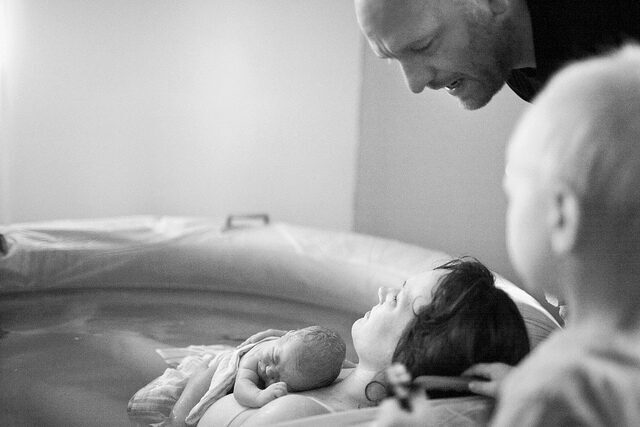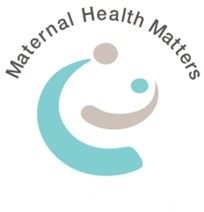I chose homebirth

From Feminist Legal Clinic
A June federal government report on mothers and babies shows almost 312,000 women gave birth in Australia in 2021. Just 0.5 per cent, or 1560 babies, were born at home. It’s a small number but it’s almost double that of the year before, when 0.3 per cent of women birthed at home.
And Jackson believes even more babies would be born outside the hospital system if midwives could keep up with the demand.
Australia has 15 publicly funded homebirth programs, in all states and territories except Queensland and Tasmania. In July, the Victorian government announced plans to expand its homebirth program at the Royal Women’s Hospital. If not accessing a public program, women can pay for the services of one of only 234 private practice midwives who attend home births across Australia.
Government statistics show that in our hospital system in 2021, 38 per cent of women give birth via caesarean – and one Perth hospital has a C-section rate of 54.5 per cent – and 34 per cent by induction. The system is statistically stacked against women who want a “normal” physiological labour and birth.
The lowest incidence of birth trauma is among women who home birth with a private midwife. Those women also have higher breastfeeding rates, lower rates of post-partum depression and anxiety, as well as the physical benefits of no or minimal intervention.
An independent Cochrane review of planned home birth versus hospital birth found complications are more likely to arise in hospital, where birth is sped up through interventions such as inductions and artificially rupturing membranes, or when pain relief is used.
The Royal Australian and New Zealand College of Obstetricians and Gynaecologists (RANZCOG) acknowledges “the outcomes for planned home birth are either similar to, or significantly higher than those reported hospital births for low-risk pregnancies”.
#mattersmaternal
Sources:
Couriermail.com.au | Subscribe to The Courier Mail for exclusive stories
